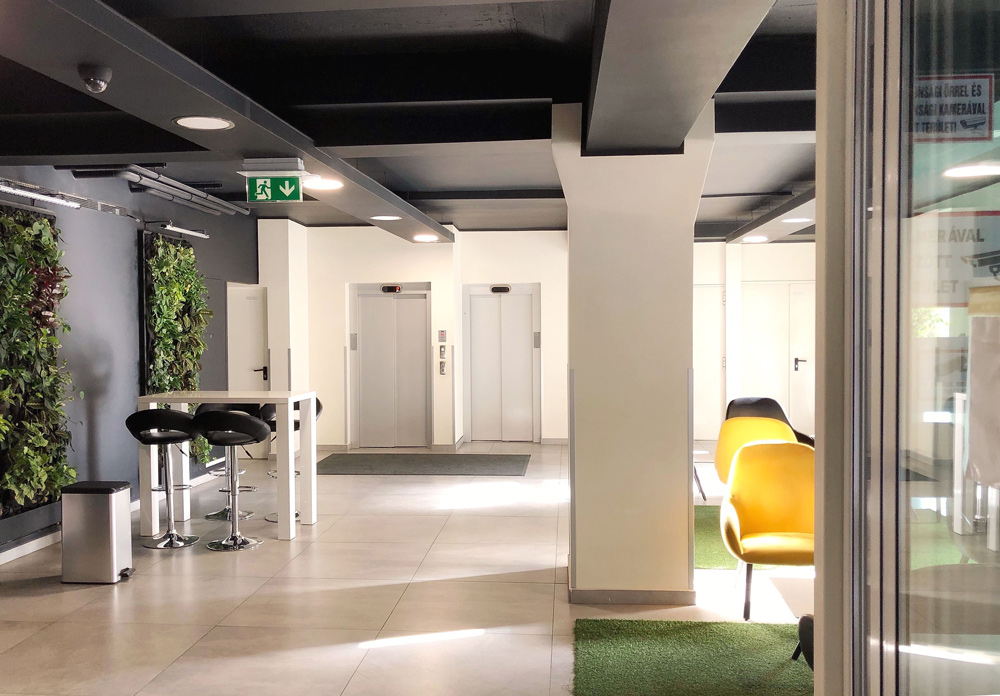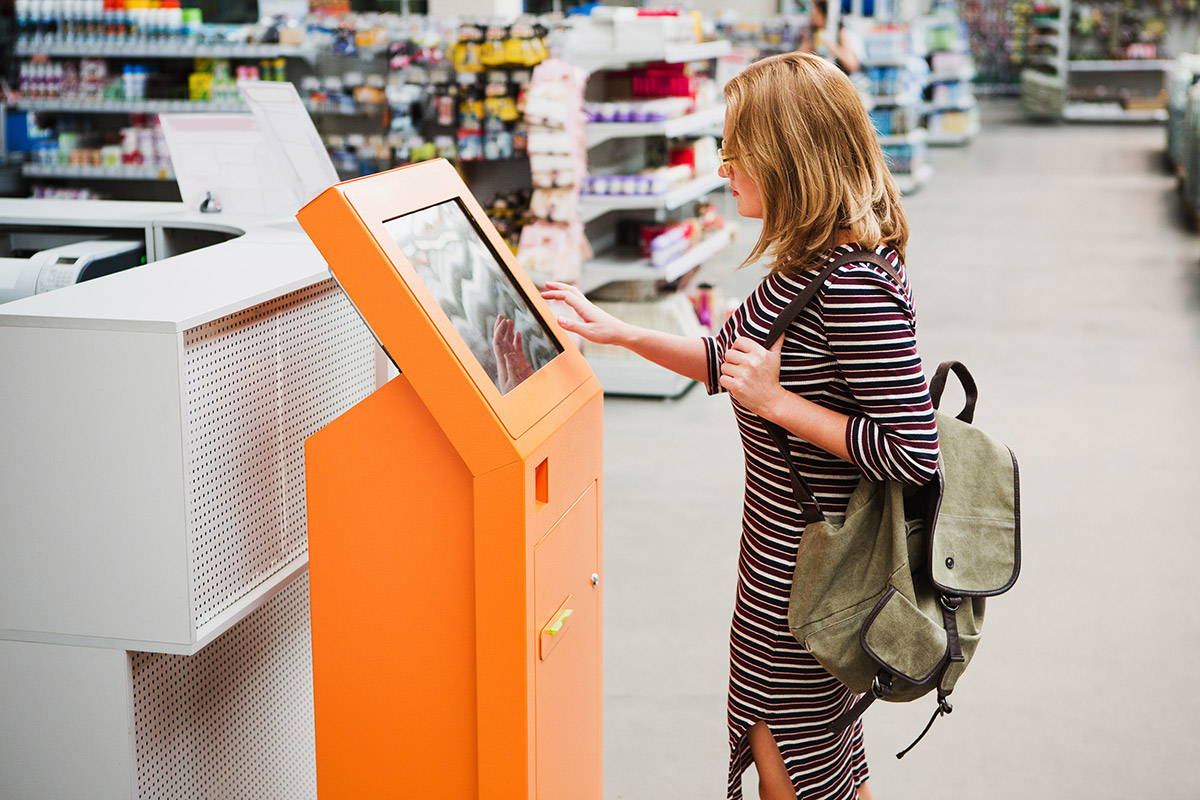The pandemic impacted the healthcare industry much the way it did education and retail; it helped accelerate technology out of necessity. Not only did the wearable device industry grow, but our idea of what health care can look like has changed considerably too.
Now, we log in to our computers to talk to our doctors rather than spending time in waiting rooms; we upload our own health stats from our wearable devices rather than having a nurse take our blood pressure and pulse. In a world now reliant on self-service connected wellness, the healthcare industry is ripe for evolution. Here’s a look at how retailers can take part in the health revolution and what is driving changes in the industry.

What’s Reshaping Healthcare?
An aging population – According to SeniorLiving.org, “From now until 2030, 10,000 Baby Boomers each day will hit retirement age. Millions will begin to officially retire, collect social security checks and go on Medicare. Other Boomers will keep on working either out of financial necessity or out of some less tangible need like identity and self-worth.”
Telehealth convenience – Due to the pandemic, technology has advanced rapidly in the healthcare space out of necessity.
“While the surge in telehealth has been driven by the immediate goal to avoid exposure to COVID-19, with more than 70 percent of in-person visits cancelled, 76 percent of survey respondents indicated they were highly or moderately likely to use telehealth going forward, and 74 percent of telehealth users reported high satisfaction,” according to McKinsey’s 2020 Healthcare Report.
The wearable trend – It isn’t so much about the wearables as the data. Consumers have access to their own medical data more than ever, which allows them to be more proactive in caring for themselves.
“With 76% of adults age 50 and older indicating a desire to age in place, voice-activated tools, such as home assistants and home health-care technology (emergency or virtual care) are relevant potential purchases for them. If offered a choice, over half (53%) would prefer to have their health-care needs managed by a mix of medical professionals and health-care technology,” according to AARP.

Creating New Health and Wellness Experiences
Today’s retail consumers want personalization and convenience, and health and wellness retailers have an incredible opportunity to deliver high-quality, personalized, and convenient care to consumers. Doctors’ offices can learn how to create a patient experience that earns loyalty and satisfaction by looking to retailers’ offerings.
Like retail, medical providers must customize the entire experience—patients want to have access to information, manage their own care, choose whether they come in to see the doctor or have an online appointment.
Think of patients as customers who want to have a consistent experience no matter how they choose to engage. If they chat online with a nurse, they expect the nurse to have the same information the doctor would if they were in the room with the patient’s medical file. But more than just consistency, patients are looking for ways to be more proactive in managing their own health.
Retail Health Clinics
Since the early ‘90s, when retail health clinics began opening, consumers have benefited from—and come to expect—the ability to seek non-emergency medical care outside of business hours. It’s clear that consumers want the same kind of convenience with their medical care that they receive in other areas of their lives. Healthcare providers who offer convenient, local care are not only popular among consumers but also are expected to see major growth.

Self-Service Healthcare
As a multitude of wellness wearables, connected health devices and apps are developed, there could be space for an Apple Store-like offering for a health-care device shopping experience akin to the Genius Bar.
Empowering consumers to manage and monitor their own health could eventually mean they can use a wearable to obtain information, like an EKG on the go. That could free physicians to focus on treating patients in need while simultaneously giving more people the power to be proactive about their own health.
Health Meta—Taking Telemedicine to the Next Level
Industry watchers’ speculation about potential partnerships between retail and medicine is exciting. Think about existing retailers like CVS and Walgreens, who already provide vaccines, fill prescriptions, and offer blood pressure screenings. What if they were able to extend those medical partnerships to create a one-stop telehealth shop? The future could see patients who meet with telehealth doctors in Walgreens or CVS for proactive screenings, upload their data from their wearable devices and do a little shopping while their prescriptions are filled.

Incorporating Health and Wellness into Retail Design
Incorporating health and wellness into retail spaces can also enhance the consumer experience. Healthcare retailers can win customers by offering wellness products in-store and providing wellness experiences, such as massage chairs, meditation rooms, or spaces to host conversations on wellness topics.
“It’s not just about a breadth of product options, it’s about continuous wellness support for the consumer’s home, workplace, workouts and lifestyle. Create dedicated sections for healthy morning rituals (smoothie makers, lunch boxes, yoga mats), daytime products (working, running errands, exercising) and evening needs (sleep aids, organic cotton sheets, dream journals),” according to Medallion Retail.
As innovation drives the health and wellness revolution, design will take center stage. Design impacts the patient experience, drives patient retention, and enables health providers to empower patients to be more proactive about their health.
The possibilities are endless.




